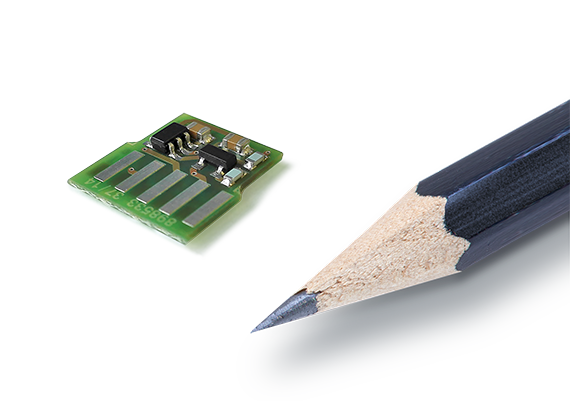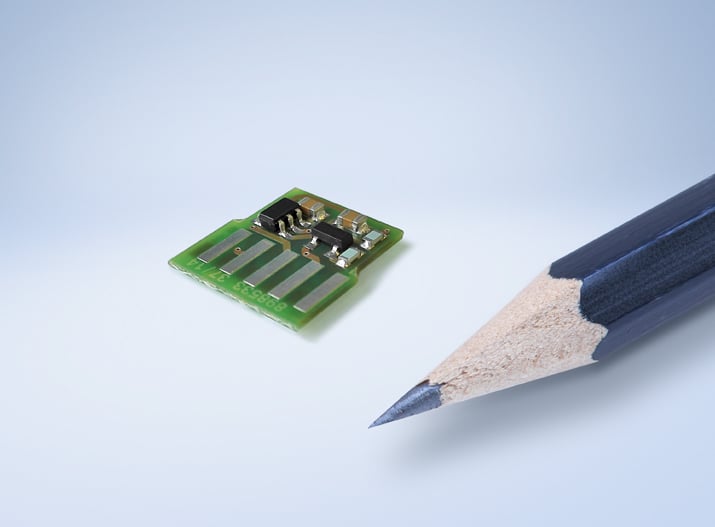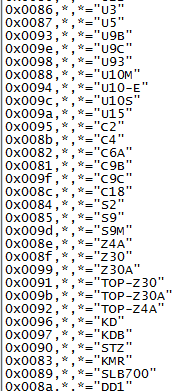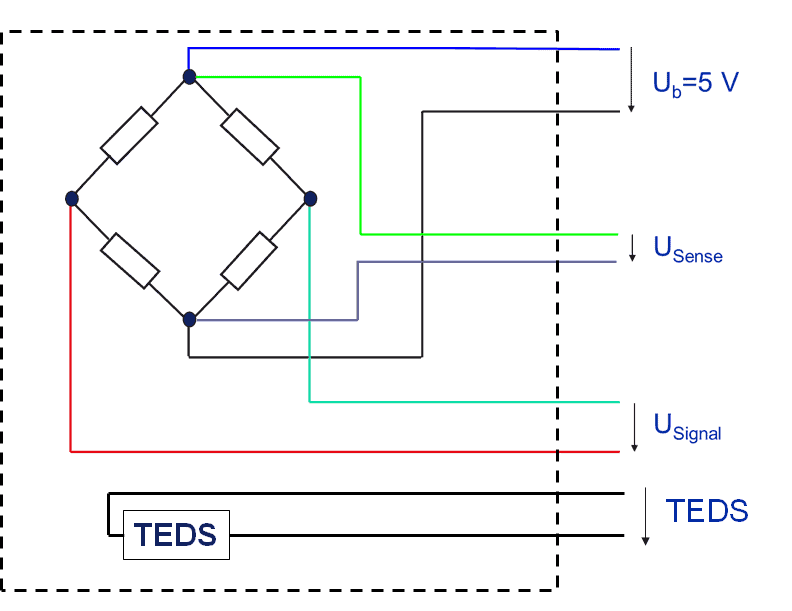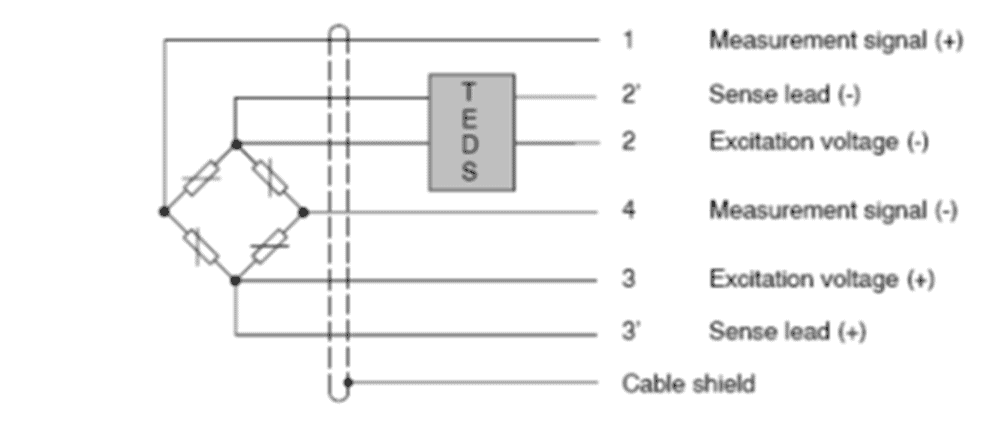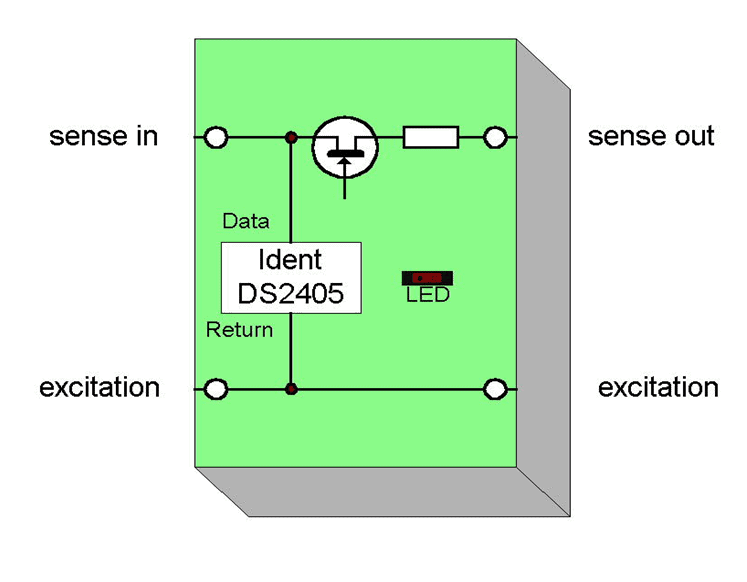TEDS: What is it exactly?
A TEDS chip carries the sensor's unique information like a fingerprint. This significantly simplifies the handling of sensors. The international standard for TEDS is IEEE1451.4. This standard describes the circuit connection of TEDS. Standardization offers users the advantage that sensors and amplifier technologies from various manufacturers can be combined in one system.
Many devices can read and describe TEDS
TEDS has become widely used at HBM. Almost all sensors are optionally equipped with TEDS (either as a standard option or custom solution). HBM amplifiers can read TEDS, many devices have the option to describe TEDS.
All data is stored in so-called templates in a TEDS chip. These templates can be imagined as tables, where the sensor parameters are listed.
Each TEDS chip contains a template called Basis TEDS. The following information is stored in this template:
- Manufacturer of the sensor
- Type series of the sensor
- Version letter
- Version number
- Serial number of the sensor
The TEDS procedure stores the required data encoded in templates on the chip.
